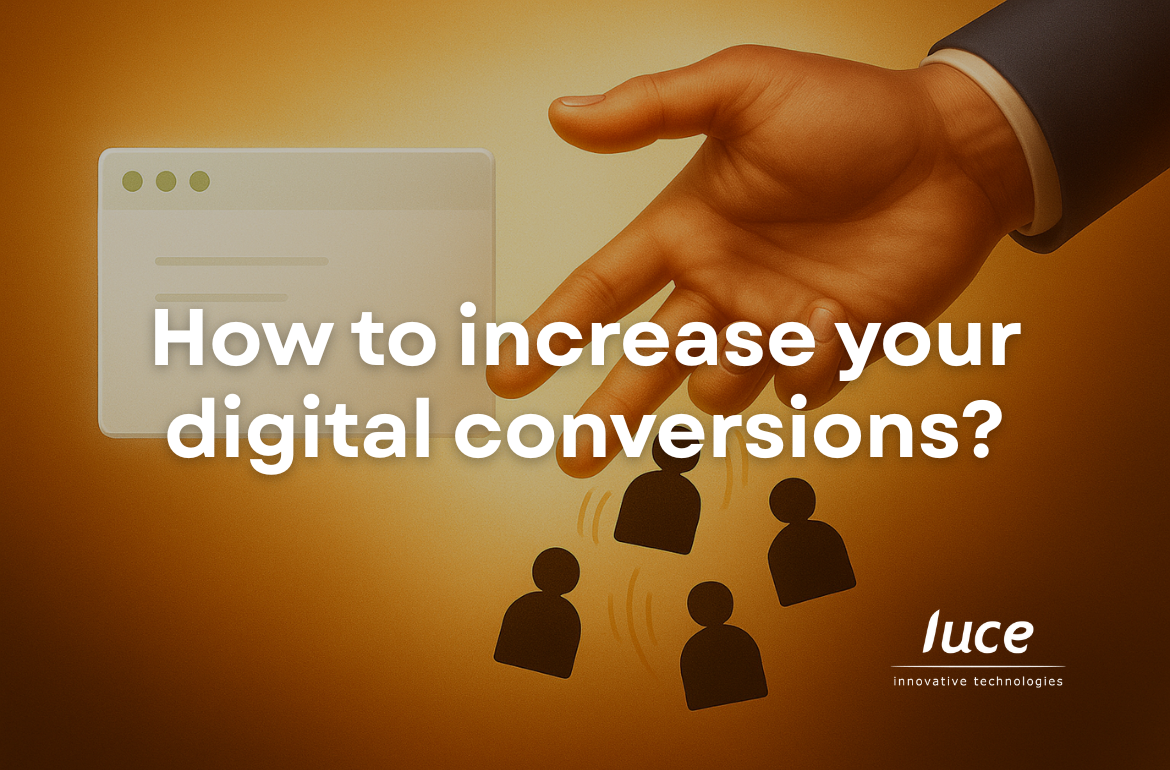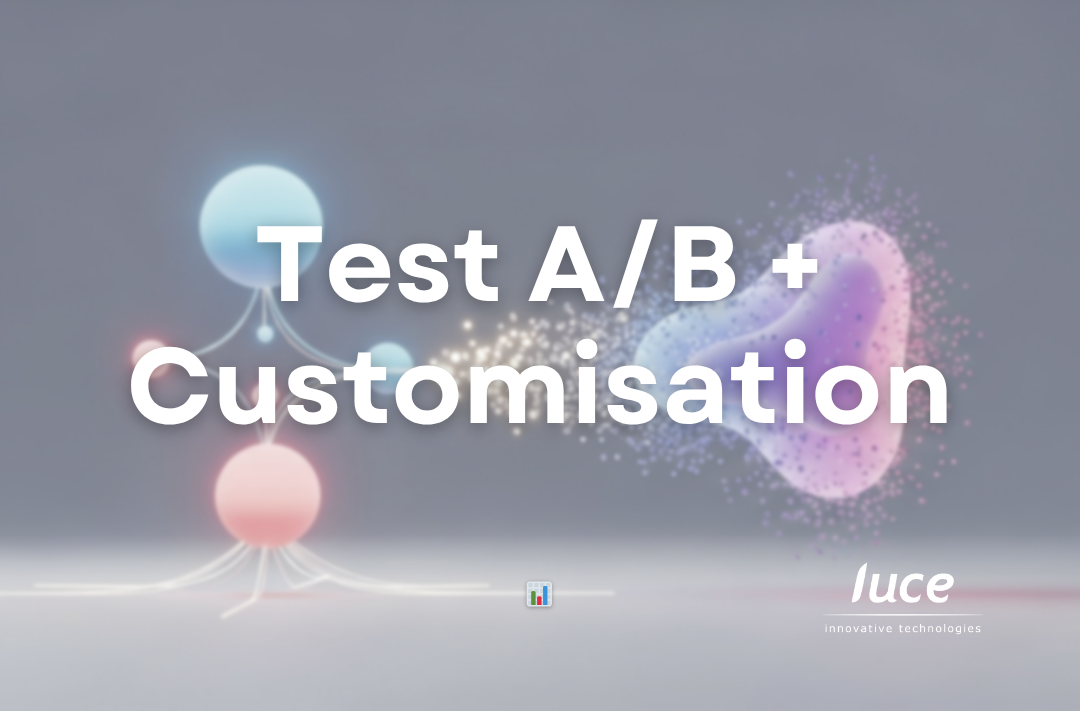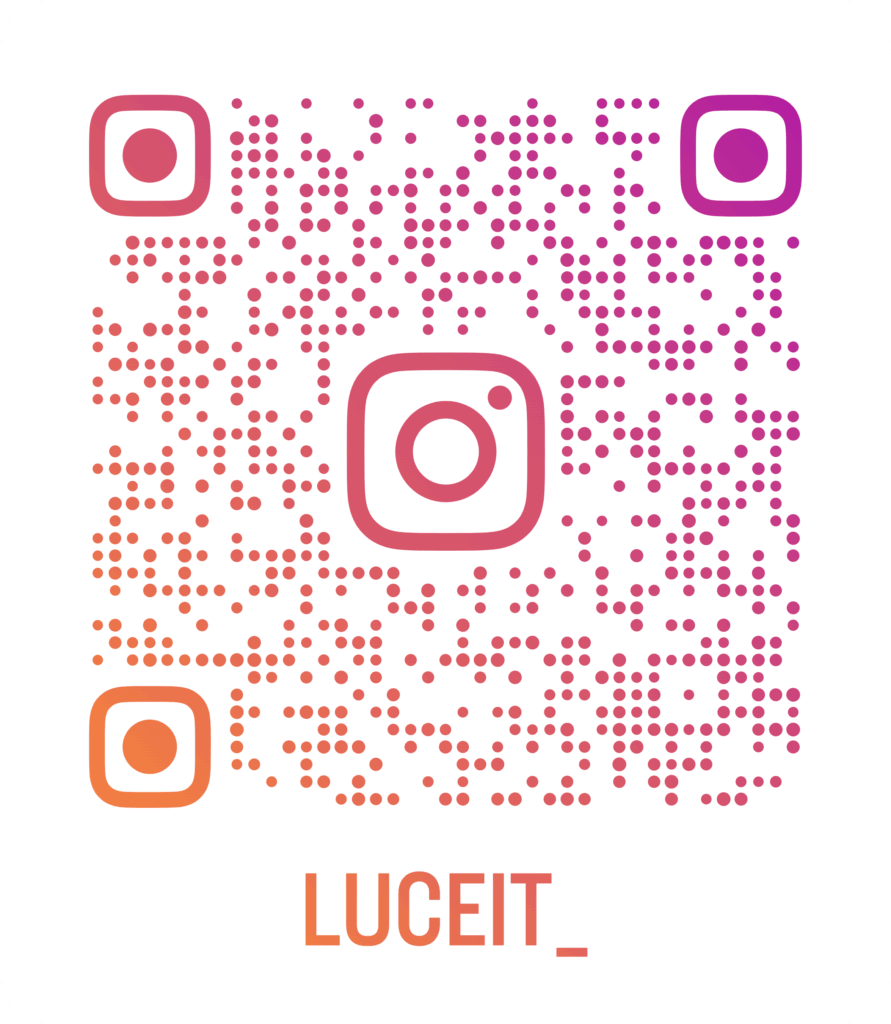
How to Get More Digital Conversions with CRO
The cost of acquiring new customers has increased by 220% since 2013, while the digital marketing budget, especially Pay Media, has grown by 60% in 5 years with no clear link to customer acquisition. Channels are oversaturated, forcing you to invest more to get the same results. In this context, Conversion Rate Optimisation (CRO) presents itself as a key solution to increase profitability without increasing advertising spend.
CRO is not only focused on attracting more traffic, but also on maximising the value of existing traffic. With an average conversion rate in Spain between 1% and 3%, most users do not complete the desired action, such as a purchase or subscription.CRO seeks to recover those opportunities with the 97% of users who do not convert.
What does CRO mean?
- Conversion: The desired action (sale, subscription, download).
- Rate: The rate or proportion that we seek to improve.
- Optimisation: The actions we take to improve this rate.
The goal of CRO is to improve the percentage of users who complete the desired action, whether it is a purchase, a subscription or a download. CRO is not just about attracting more visitors, but about converting a higher proportion of those who already visit your site or app, leading to greater profitability.
Understanding Data: The Heart of CRO
The first step in any CROstrategy is to understand what is happening on your platform. Data analysis is crucial to identify how users behave and what obstacles they face.
Quantitative and Qualitative Analysis
- Quantitative Analytics: Use tools such as Google Analytics or Adobe Analytics to get an overview of traffic, conversion rates and abandonment points. This provides a clear picture of which part of the sales funnel needs more attention.
- Qualitative Analytics: Tools such as Tealeaf, Hotjar and/or Quantum Metric allow us to see how users interact with the site. These analytics help identify specific friction points that might be preventing users from completing the desired action. For example, are users abandoning the shopping cart at a specific step in the process?
Methodology: The Strategic Approach to CRO
A successfulCROprogramme is not something that is done in isolation. It is an iterative process that must be aligned with business objectives.CRO is based on a methodical and scientific approach to identify problems and test solutions.
- Action Plan: Create a clear and dynamic plan that is aligned with the company’s business objectives.
- Research and Hypothesis Generation: Analyse data to detect areas for improvement and generate hypotheses on possible solutions to these problems.
- Validation and Prioritisation: Validate the feasibility of the hypotheses and prioritise those with the greatest potential impact and least implementation effort.
- Experimentation: Conduct A/B tests or multivariate tests to test different solutions and see which has the greatest impact on conversions.
- Analysis of results: Analyse the results of the experiments to make sure that the changes generated a real improvement and were not random.
Experimentation: A/B Tests and Beyond
Experimentation is the key to CRO. Through A/B testing and multivariate testing, you can test the different hypotheses and solutions you have identified. This allows you to make decisions based on real data, not just intuition.
With experimentation, you can test, for example, different page layouts, calls to action, colours, or even the placement of forms, to see which option generates the most conversions.
Personalisation: Improving the User Experience
Personalisation is another critical aspect of CRO. Offering a personalised experience to each user can make a big difference to conversion rates. This can be achieved by using AI tools and data analytics to tailor content, recommendations and offers to each user’s interests and behaviours.
For example, through personalisation, you can show product recommendations based on a user’s previous searches or tailor marketing messages depending on the stage of the funnel they are in. This improves the user experience and, as a result, increases the conversion rate.
In short, CRO is not a single solution, but a continuous and dynamic process that focuses on understanding how users interact with your platform and how you can make adjustments to improve conversion.
But how do you carry out the CRO methodology?
Implementing an effectiveCROstrategy requires a solid methodology, based on data, experimentation and customisation. However, having a good technology partner is essential to implement these strategies effectively. At Luce IT, we have extensive experience in helping companies maximise their digital conversions through our CRO Asset, which integrates advanced tools and customised solutions.
To see how our Asset works, here is a short 5-minute programme below that quickly explains how you can benefit from it.
Luce IT, your trusted technology innovation company
The Luce story is one of challenge and non-conformity, always solving value challenges using technology and data to accelerate digital transformation in society through our clients.
We have a unique way of doing consulting and projects within a collegial environment creating “Flow” between learning, innovation and proactive project execution.
At Luce we will be the best by offering multidisciplinary technological knowledge, through our chapters , generating value in each iteration with our clients, delivering quality and offering capacity and scalability so they can grow with us.



